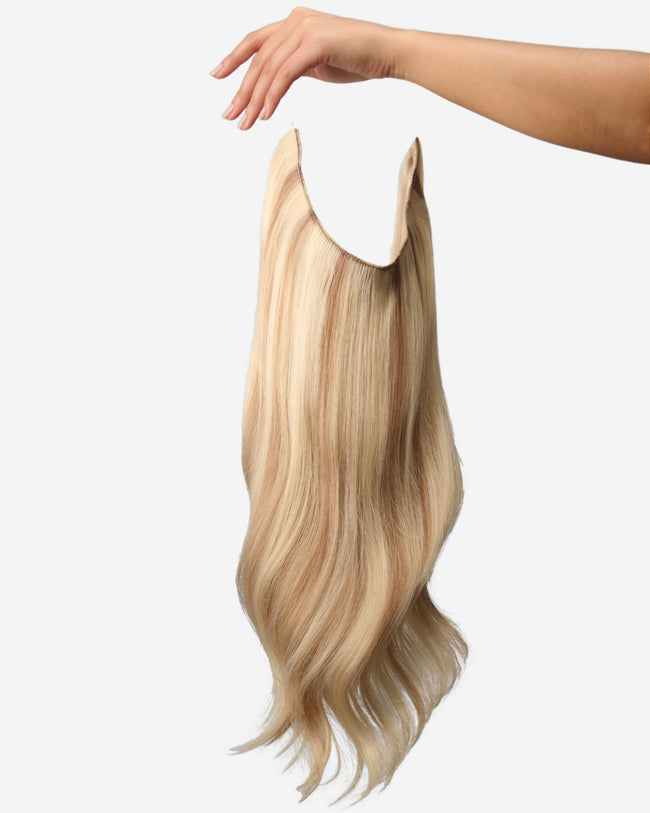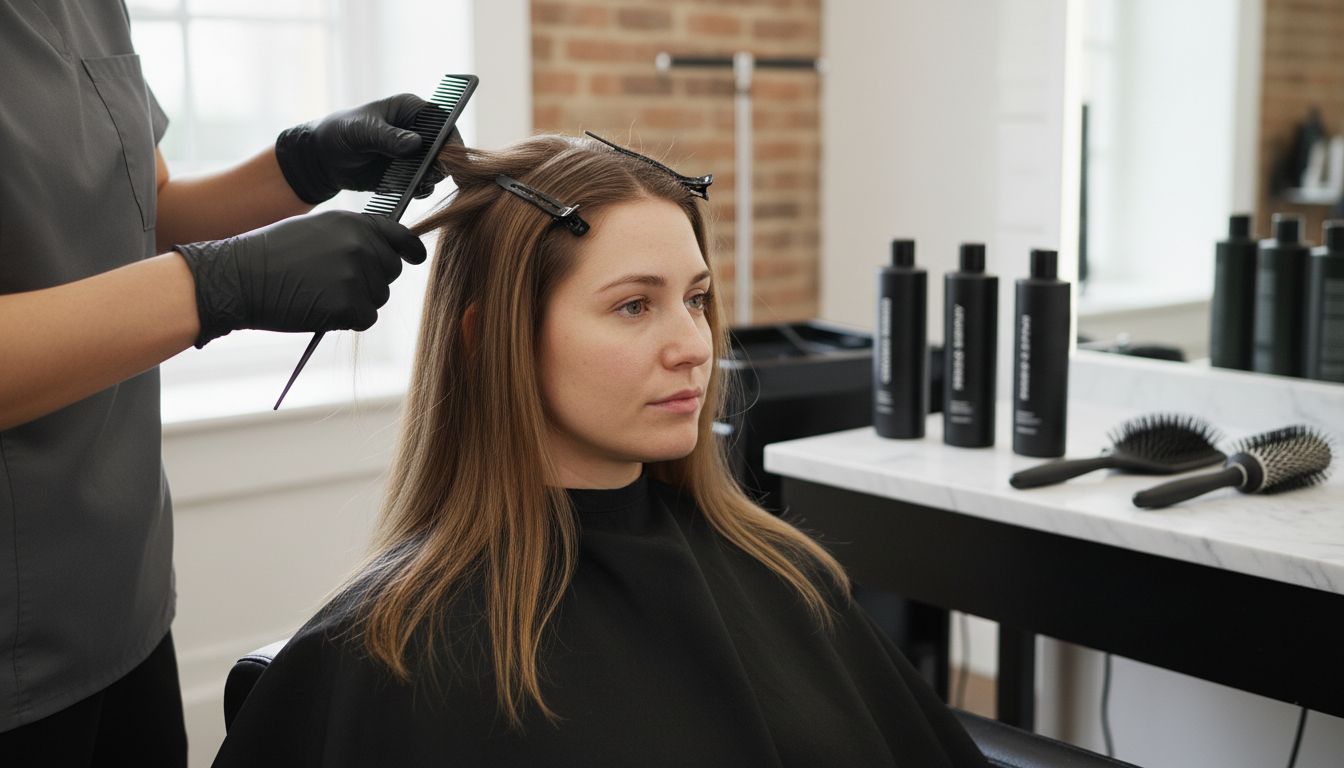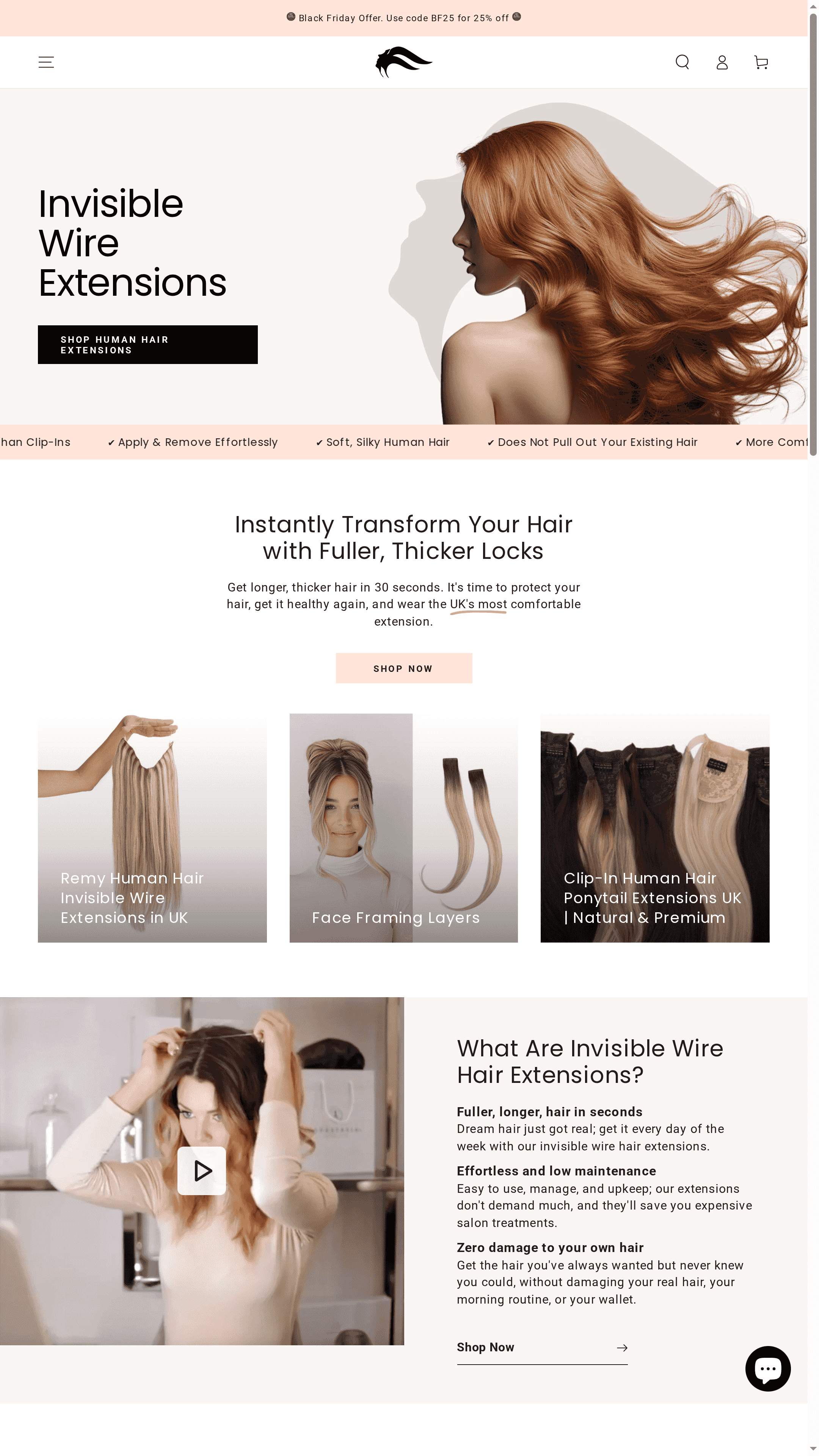Choosing the right hair extensions can be daunting for even the most style savvy british beauty seekers. Over 60 percent of women report disappointment after their first extension experience due to poor matching or discomfort. Whether you want instantly longer locks or natural volume, understanding your hair’s needs makes all the difference. This guide cuts through the confusion and shares actionable steps so you can find, apply, and blend extensions for flawless confidence every day.
Table of Contents
Quick Overview
| Essential Insight | Explanation |
| 1. Assess Hair Needs Before Extensions | Understand your hair’s density, texture, and health before choosing extensions to ensure compatibility and a natural look. |
| 2. Properly Prepare Hair for Application | Cleanse and dry your hair thoroughly to create a suitable base for extensions, preventing slippage and ensuring a seamless blend. |
| 3. Master Extension Application Techniques | Use correct techniques for securing extensions to avoid damage and create a natural appearance; professional methods yield the best results. |
| 4. Blend Extensions for Natural Appearance | Employ blending techniques like texturising to integrate extensions with your natural hair, eliminating harsh lines and visible attachment points. |
| 5. Regularly Check Comfort and Hold | Assess the comfort and stability of extensions after application, making adjustments if needed to ensure they remain undetectable and secure. |
Step 1: Assess your hair’s needs and match extension type
Determining the perfect hair extension strategy requires a thoughtful assessment of your unique hair characteristics and lifestyle needs. According to VTCT Qualifications, conducting a comprehensive hair and scalp analysis is crucial before selecting any hair extension service.
Start by examining your current hair volume, texture, and overall hair health. Consider factors like your daily styling routine, maintenance capabilities, and personal aesthetic goals. Are you seeking volume at the roots? Looking to add length? Wanting a natural blended look? Each of these objectives will guide your extension selection process. Key factors to evaluate include your hair density (thin, medium, thick), hair texture (fine, medium, coarse), and any existing hair damage or scalp sensitivity.
Your lifestyle plays a significant role in extension selection.
 For those with active schedules or minimal styling time, lightweight and low maintenance options like invisible wire extensions might be ideal. Professional women might prefer clip in extensions that offer quick transformation, while gym enthusiasts could benefit from secure, sweat resistant attachment methods. Remember that matching your extension type to your personal needs ensures not just a beautiful look, but a comfortable, sustainable hair enhancement experience.
For those with active schedules or minimal styling time, lightweight and low maintenance options like invisible wire extensions might be ideal. Professional women might prefer clip in extensions that offer quick transformation, while gym enthusiasts could benefit from secure, sweat resistant attachment methods. Remember that matching your extension type to your personal needs ensures not just a beautiful look, but a comfortable, sustainable hair enhancement experience.
Pro tip: Always consult with a professional hair stylist who can perform a detailed scalp and hair analysis to recommend the most suitable extension type for your specific hair profile.
Step 2: Prepare your natural hair for seamless application
Successful hair extension application begins with meticulous hair preparation. According to VTCT Qualifications, assessing hair and scalp condition is critical before starting any extension service, ensuring a smooth and professional result.
Start by thoroughly cleansing your hair with a clarifying shampoo to remove any product buildup, oils, or residue that might prevent extensions from adhering correctly. Focus on creating a clean base that allows for maximum grip and seamless blending. Blow dry your hair completely and ensure it is free from tangles using a wide tooth comb or soft bristle brush. Face Framing Layers Clip In Extensions work best on hair that is completely dry and smooth, with minimal moisture or texture that could compromise attachment.
Prior to application, consider your hair health comprehensively. Trim any split ends, address any scalp concerns, and ensure your natural hair is in optimal condition. As recommended by Beauty School UK, understanding your hair’s unique characteristics helps create the most natural and flattering extension look. A professional consultation can provide personalised advice on preparing your specific hair type for extension application.

Warning: Never apply extensions to wet or damp hair, as this can lead to poor attachment, potential slippage, and increased risk of damage to both your natural hair and the extensions.
Step 3: Apply invisible wire or ponytail extensions correctly
Mastering the application of invisible wire and ponytail extensions requires precision and technique. According to SW Hair Training Academy, professional application is key to achieving a natural and secure hair extension look.
Begin by sectioning your hair horizontally, starting at the nape of your neck and working upwards. For invisible wire extensions, carefully place the wire just below your crown, ensuring it sits close to the scalp without creating tension. Use your fingers to create a small pocket between your natural hair layers where the wire can sit seamlessly. Gently press the wire into place, making sure it blends perfectly with your hair’s natural texture and movement. When working with ponytail extensions, focus on creating a smooth base by gathering your natural hair into a sleek ponytail and securing it firmly before attaching the extension.
Professional techniques from Unique Hair Academy recommend using micro ring methods to enhance extension security and create a more natural appearance.
Warning: Always handle extensions gently and avoid pulling or stretching the wire or attachment points to prevent potential damage or premature wear.
Step 4: Blend extensions for a natural, fuller appearance
Creating a seamless, voluminous hairstyle requires strategic blending techniques that transform your look from obvious to incredibly natural. According to Pivot Point UK, professional styling workshops emphasize the importance of precise blending methods to achieve a flawless extension integration.
Begin by using invisible wire extensions in soft blended brown that closely match your natural hair color and texture. Start by using texturising tools like curling irons or straighteners to create soft waves that merge your natural hair with the extensions. Focus on creating subtle layers and movement that disguise the attachment points. Professional stylists recommend cutting or trimming the extensions slightly to ensure they follow your hair’s natural fall and frame your face perfectly.
Professional techniques from CBM Academy suggest using professional styling techniques like backcombing at the roots and strategic layering to create volume and disguise extension edges. Take time to carefully blend the extensions using your fingers or a soft bristle brush, ensuring no harsh lines or unnatural transitions are visible. Pay special attention to the sides and back of your head where blending can be most challenging.
Warning: Always use heat protection products when styling to prevent damage to both your natural hair and the extension fibres, maintaining their quality and appearance.
Step 5: Check hold and comfort for daily confidence
Ensuring your hair extensions remain secure and comfortable throughout the day is crucial for maintaining your confidence and style. According to VTCT Qualifications, it is essential to thoroughly assess and understand potential comfort considerations before finalising your extension application.
Immediately after installation, perform a comprehensive comfort check by gently moving your head and checking for any pulling or tension. Your Face Framing Layers Clip In Extensions should feel lightweight and secure without causing any scalp discomfort. Test the extension’s hold by performing simple movements like turning your head, bending over, and engaging in light physical activity. Pay attention to how the extensions feel during different activities to ensure they remain stable and undetectable.
Carefully examine the attachment points periodically throughout the day, especially during the first few wears. Look for any signs of slippage, uneven positioning, or slight discomfort that might indicate the need for minor adjustments. Assess how the extensions move with your natural hair and whether they maintain their original placement. A perfect extension application should feel so natural that you almost forget you are wearing them.
Warning: If you experience persistent discomfort, scalp irritation, or significant movement of the extensions, remove them immediately and consult a professional stylist for readjustment.
Discover the Perfect Extensions for Thin Hair and Transform Your Look Today
Dealing with thin hair can feel frustrating when you want that fuller, natural appearance. The challenge of finding extensions that blend seamlessly without causing damage or discomfort is real. This guide highlights key needs like volume, comfort, and compatibility with delicate hair textures. At Naturyl Extensions, we understand these goals and offer specially designed solutions such as invisible wire and face-framing extensions that provide easy, damage-free application and a natural finish.
Explore our premium range of Extensions crafted from ethically sourced Remy human hair to achieve a quick and effortless transformation. Our products focus on comfort, natural movement, and discreet blending so thin hair can finally enjoy the volume and length desired.

Take the first step towards your fuller hair journey with confidence. Visit Naturyl Extensions now to browse our collections and discover the hair extension accessories you need at Hair Extension Accessories. Enjoy fast UK delivery and free exchanges tailored to your needs. Don’t wait to experience the effortless beauty that comes with the right extension choice.
Frequently Asked Questions
How can I determine the right hair extension type for my thin hair?
Selecting the right hair extension for thin hair involves assessing your hair characteristics, including texture and density. Start by consulting a professional stylist for a thorough hair analysis and seek extensions designed for fine hair to ensure a natural look.
What are the best preparation steps before applying hair extensions on thin hair?
Prepare your thin hair by cleansing with a clarifying shampoo to remove buildup and ensure a good grip for extensions. Additionally, ensure your hair is completely dry and free from tangles for the best attachment results.
How do I blend hair extensions with my natural hair for a seamless look?
To blend extensions with thin hair, use heat tools to create soft waves, helping to merge the extension and your natural hair. Focus on layering and trimming the extensions subtly to match your hair’s natural fall.
What should I check for to ensure my extensions are secure and comfortable?
After applying extensions, perform a comfort check by gently moving your head to identify any pulling or tension. Ensure the extensions feel lightweight and stable; make adjustments if they shift or cause discomfort.
How often should I maintain and care for my hair extensions?
Regular maintenance is key for prolonging the life of hair extensions, especially for thin hair. Plan to check the attachment points every few days and ensure to use heat protection when styling to maintain their quality over several weeks.





